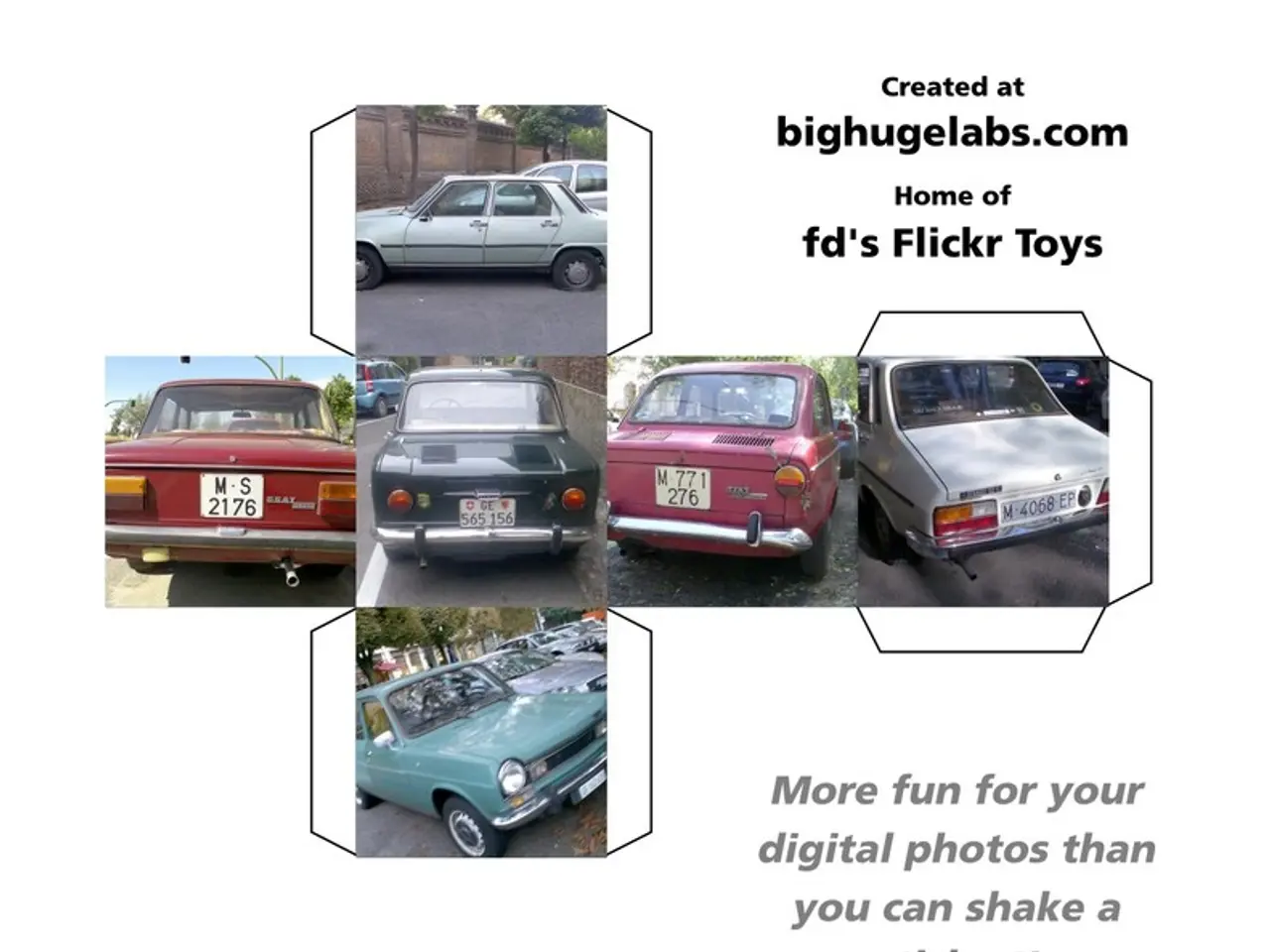Innovative Financing Strategies for Instant Public Transportation and Microtransit in the Year 2025
In the rapidly evolving landscape of transportation, cities across the United States are embracing microtransit services to offer flexible, on-demand mobility solutions. These initiatives, funded through a combination of state and federal grants, public-private partnerships, local taxes, and leveraging existing transit funding programs, are revolutionizing urban travel.
One of the pioneers in this movement is the city of Arlington, which launched one of the country's first on-demand autonomous vehicle services in 2020, thanks to the FTA's Integrated Mobility Innovation Grant. The city's expansion of its on-demand transit service is also supported by FTA 5307 formula funds.
Elsewhere, the city of Valdosta, Ga., utilised Coronavirus Aid, Relief and Economic Security Act funds for the initial one-year pilot of Valdosta On-Demand, which launched in April 2021. The service is now sustained long-term by FTA 5307 formula funds.
Successful funding strategies for microtransit projects include state grants, such as the Microtransit and Last Mile Transit Grant offered by Massachusetts, which provides $10 million in funding to transit authorities, nonprofits, and municipalities. This grant prioritizes expanding mobility to underserved populations and rural areas, supporting cities integrating sustainable housing and equity-related mobility improvements.
Another approach involves leveraging federal funding through partnerships. In Douglas County, Nevada, microtransit services initially funded by local Transient Lodging Rental Tax and managed by a private nonprofit could not report ridership for federal funding. Shifting service oversight to a public transit district enabled ridership reporting that is projected to yield an additional $500,000 in federal transit funding by increasing reported ridership by around 250,000 passengers.
Public-Private Partnerships (PPPs) have also proven beneficial. Cities like San Antonio partner with private companies to share costs and revenues, enhancing financial sustainability. Such partnerships facilitate clean and sustainable transportation implementations.
Moreover, transit agencies often supplement microtransit funding by tapping into diverse, stable funding sources such as Federal Transit Administration §5311 rural transit funds, Low Carbon Transit Operations Program (LCTOP), State Transit Assistance, and local sales tax measures dedicated to transit.
Technical assistance and pilot support from federal agencies, like the National Renewable Energy Laboratory (NREL), further aid local governments in launching cost-effective microtransit pilots that address specific local needs and environmental goals.
Key elements for sustainability include securing multi-year funding commitments, expanding ridership data collection to maximize access to federal funds, fostering partnerships with private mobility providers, and integrating microtransit with fixed-route transit and land use planning.
Examples from Massachusetts, Douglas County (NV), San Antonio, and Encinitas illustrate these varied but complementary approaches. Other cities, like Jersey City, are also leveraging funding from their city budgets and competitive public grant programs to sustain and expand their popular services. Jersey City recently received an award from the New Jersey Transit NJ-JARC Program, which funds ridesharing services that help residents travel to places of employment.
Richmond Moves, a microtransit service in California, is funded by the Clean Mobility Options (CMO) Voucher Pilot Program and is part of California Climate Investments. Its fleet includes all plug-in hybrid-electric vehicles.
Overall, a mix of targeted state and federal grants, strategic public-private partnerships, leveraging local tax revenues, and effective coordination with existing transit funding programs forms the cornerstone of successful funding and sustainable operations for microtransit projects in the US.
Read also:
- IM Motors reveals extended-range powertrain akin to installing an internal combustion engine in a Tesla Model Y
- Ford Embraces Silicon Valley Approach, Introducing Affordable Mid-Sized Truck and Shared Platform
- Future Outlook for Tesla in 2024: Modest Expansion in Electric Vehicle Sales, Anticipated Surge in Self-Driving Stock
- Australians Embrace Tesla's Powerwall as 4,000 Units are Sold in a Single Month of July








